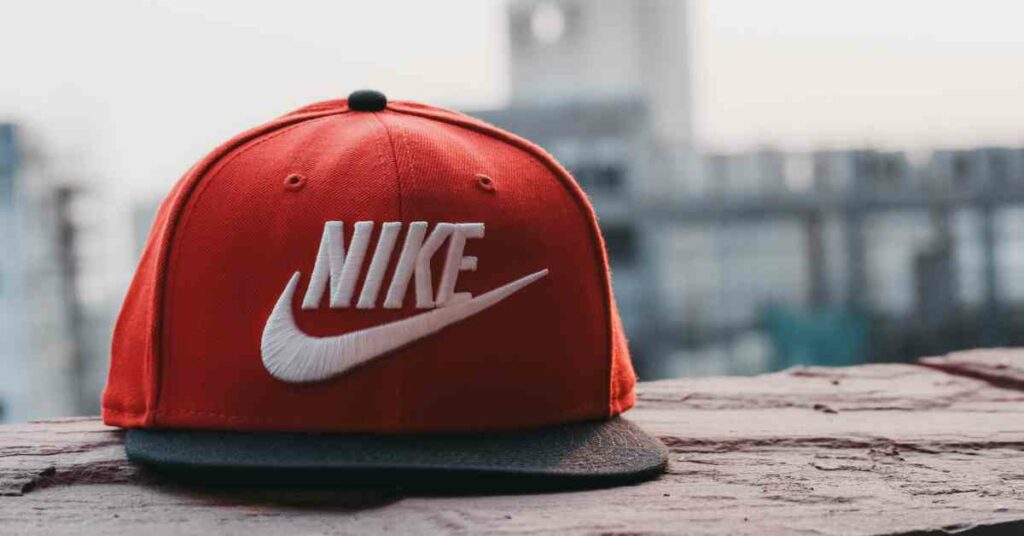In today’s increasingly competitive marketing landscape, engaging consumers has become an essential strategy for building strong relationships between brands and consumers. This approach allows companies to create memorable and interactive experiences, increase brand awareness, and foster customer engagement. Such strategies have a significant impact on how companies interact with their target audience, making brands more memorable and relevant to consumers.
This article explores the definition of brand activation, its evolution in the digital era, best practices, and how this strategy can be applied across various business types. Additionally, we’ll dive into creative ideas for it and review future trends shaping the marketing landscape. By understanding it better, companies can boost the effectiveness of their marketing campaigns and build stronger connections with customers.
Evolution of Brand Activation in the Digital Era
Shift from Offline to Online Activation
Brand activation has undergone a significant transformation in the digital age, moving from traditional advertising and promotion to a more interactive and integrated approach. Originally focused on offline events like trade shows and product sampling, it is now leverages digital platforms to create engaging and interactive experiences. Digital campaigns, online contests, and virtual rewards programs are popular ways to increase consumer engagement.
Technology Integration in Brand Activation
Technology has played a crucial role in the evolution of brand activation. Virtual reality (VR), augmented reality (AR), and hologram technology open new dimensions in creating impactful brand experiences. For example, several companies in Indonesia have used hologram technology to promote their products, showcasing eye-catching 3D displays that capture consumer interest.
Social media is a key component in modern activation strategies. Platforms like Instagram, Facebook, and TikTok allow brands to connect directly with consumers, create engaging content, and build online communities. Many brands now involve influencers in their campaigns, leveraging their reach and influence to expand brand visibility and increase engagement.
Best Practices in Brand Activation
Successful Case Study
One example of successful brand activation is Nike’s “Run for the Oceans” campaign. This campaign provided a memorable experience by combining social causes with active participation. Nike invited people to run together to promote ocean cleanliness, boosting brand awareness and creating a strong emotional bond with consumers.
Tips for Crafting Creative Brand Activations
To design effective brand activations, understanding the target audience is essential. Conduct in-depth analyses of consumer preferences, interests, and behaviors to create personalized, relevant experiences. Additionally, use advanced technologies like VR or AR to create unique, engaging experiences.
Avoiding Common Mistakes
Some common pitfalls in practice include:
- Lack of clear goals: Set specific, measurable objectives before launching a campaign.
- Ignoring integration: Brand activation should be aligned with the overall marketing strategy to maintain a consistent message.
- Lack of follow-up: Be sure to follow up after the campaign to sustain relationships with consumers.
By avoiding these mistakes and following best practices, this strategies can be a powerful tool for increasing brand awareness and building lasting consumer connections.
Brand Activation for Different Types of Businesses
This strategies significantly influences how companies engage with their target audience and can be adapted to suit various business types, from startups to large corporations and SMEs. Each type of business has a unique approach to implementing this strategies.
Brand Activation for Startups
Startups can use brand activation to introduce themselves to the market. With limited budgets, startups can rely on social media as the main platform for this strategies. They can organize online contests, hashtag campaigns, or collaborate with local influencers to increase brand visibility. Small events or pop-up stores also provide opportunities to engage directly with potential customers.
Strategies for Large Brands
Large companies have more resources to execute brand activation on a larger scale. They may host city-to-city roadshows, hold large events, or even sponsor national-level events. Coca-Cola’s “Taste Happiness” campaign is an example, using interactive technology like augmented reality to enhance the consumer experience at popular locations across Indonesia.
Adapting Brand Activation for SMEs
SMEs can tailor brand activation strategies to their business scale by focusing on personal and unique customer experiences. For instance, in-store workshops, product demos at local events, or product sampling can reach potential customers effectively. SMEs can also leverage local community engagement and social media to extend their brand’s reach.
Regardless of the business type, the key to successful brand activation lies in creating memorable and relevant experiences for the target audience. By understanding customer characteristics and designing suitable activities, each type of business can utilize brand activation to increase brand awareness and build stronger consumer relationships.
Future Trends in Brand Activation
Personalization and AI in Brand Activation
As digital advancements continue, personalization and artificial intelligence (AI) are becoming powerful tools for this strategies. AI enables companies to gather insights into customer preferences and expectations, enhancing customer satisfaction by delivering tailored experiences. AI also optimizes content delivery, ensuring it reaches the target audience at the right time.
Sustainability and Brand Activation
Sustainability and social responsibility are gaining importance in this strategies. Today’s consumers seek brands that offer quality products and positive contributions to society and the environment. Activations highlighting a brand’s commitment to these values resonate strongly with modern consumers. Incorporating sustainable practices into this strategies not only reflects well on the brand but also appeals to eco-conscious audiences.
Conclusion
Brand activation has evolved into a powerful tool for building meaningful connections between brands and consumers. From digital evolution to best practices and adaptations for different business types, this strategy continues to adapt to meet the needs of a dynamic market. Future trends like personalization, sustainability, and immersive technology are paving the way for deeper consumer engagement.
Ultimately, the success of this strategies lies in creating memorable and relevant experiences for the target audience. By understanding fundamental principles and staying updated on recent developments, companies can harness the power of this strategies to boost brand awareness and build customer loyalty. Ready to enhance your brand activation strategy? Consult with Dreambox to embark on a successful branding journey.




